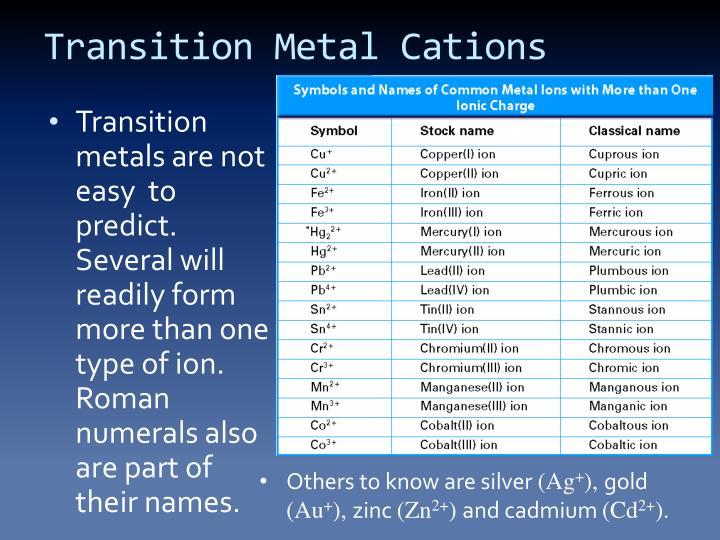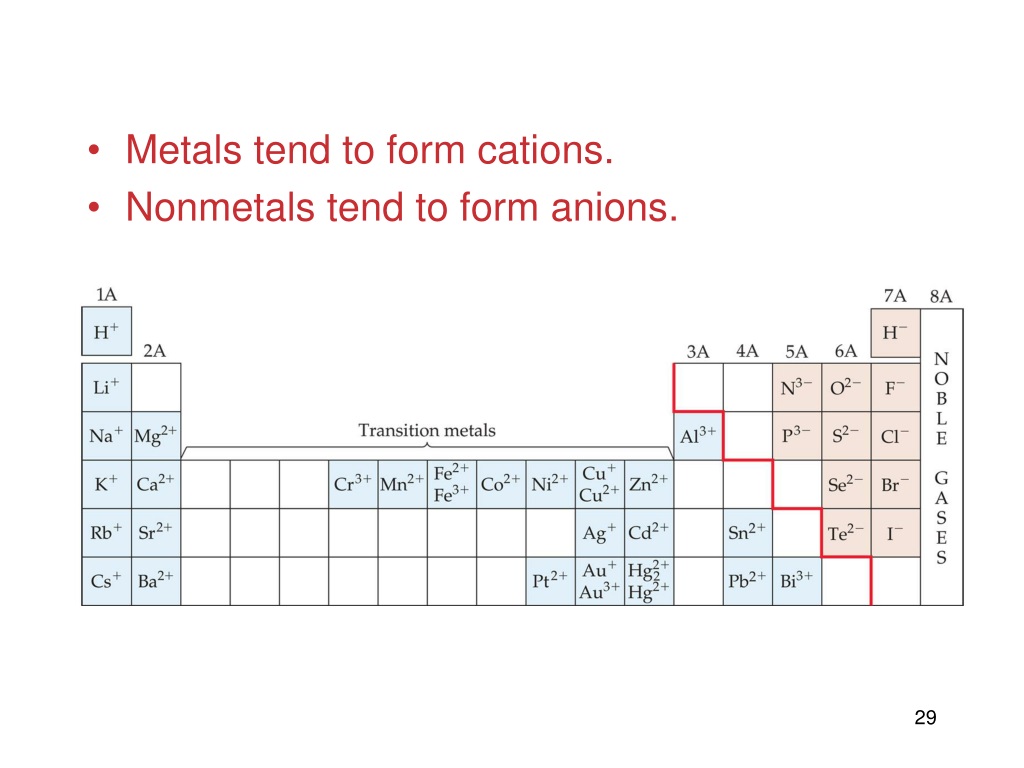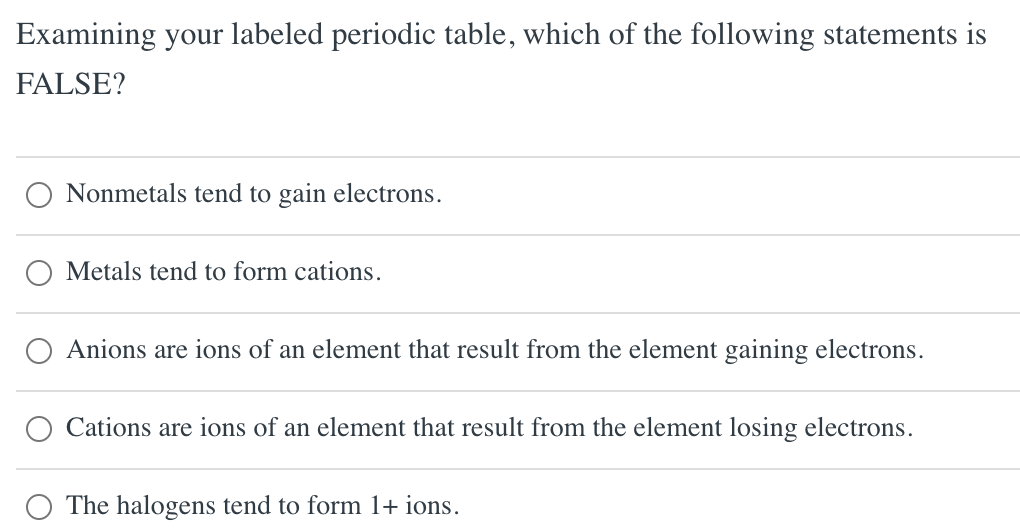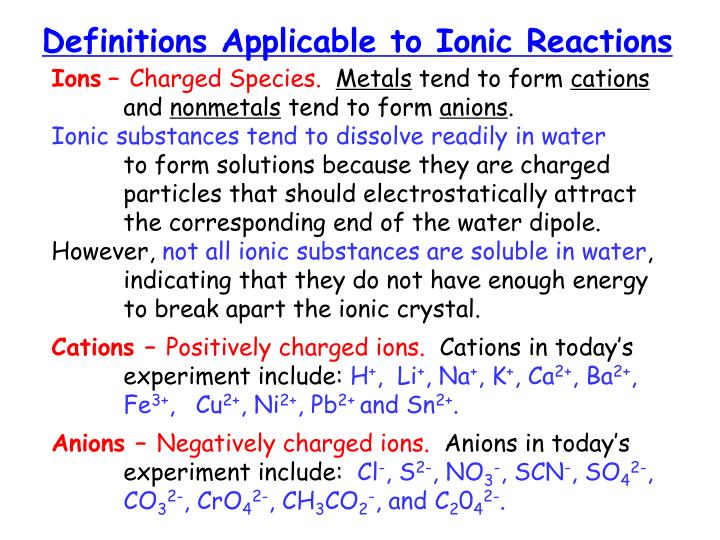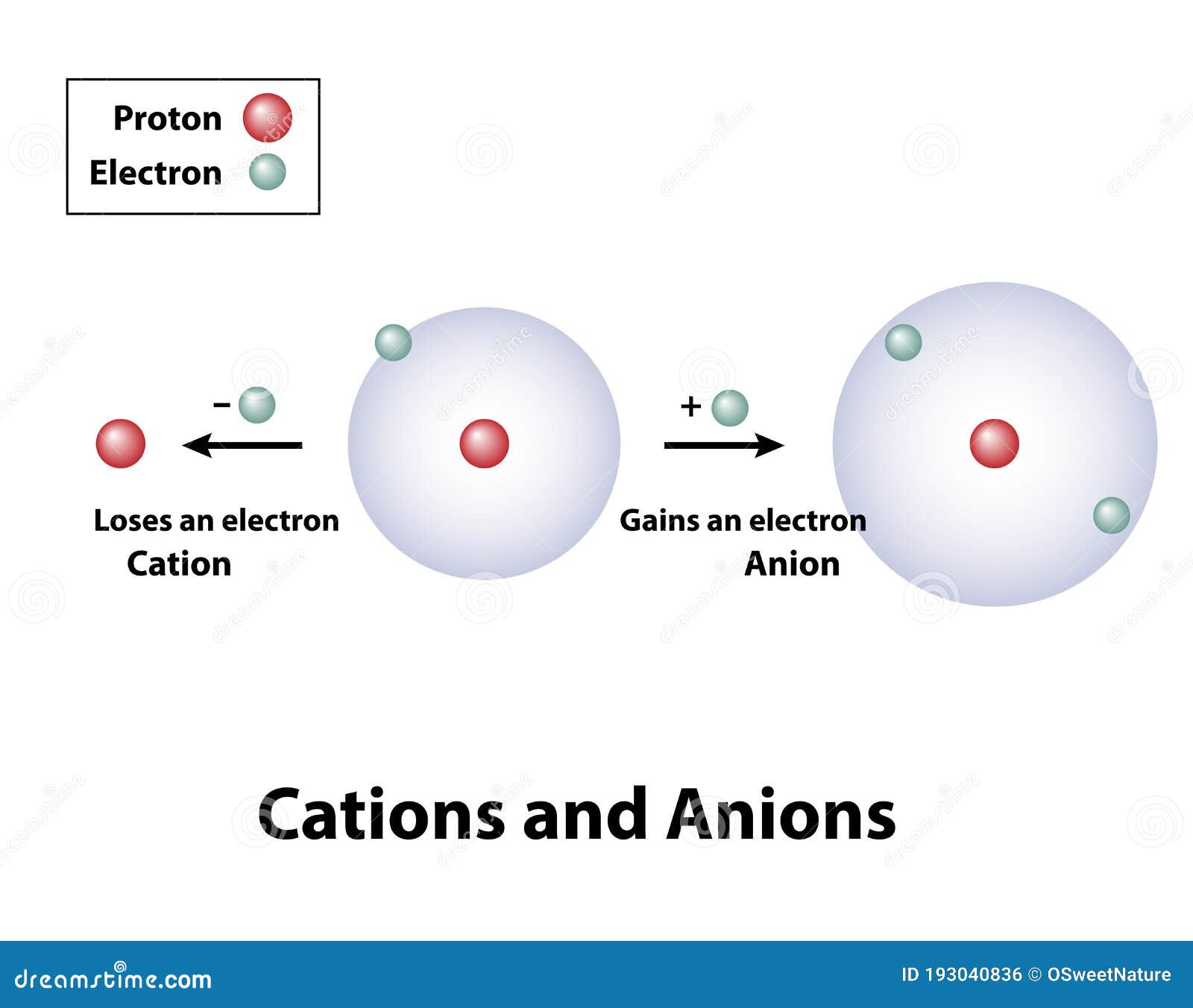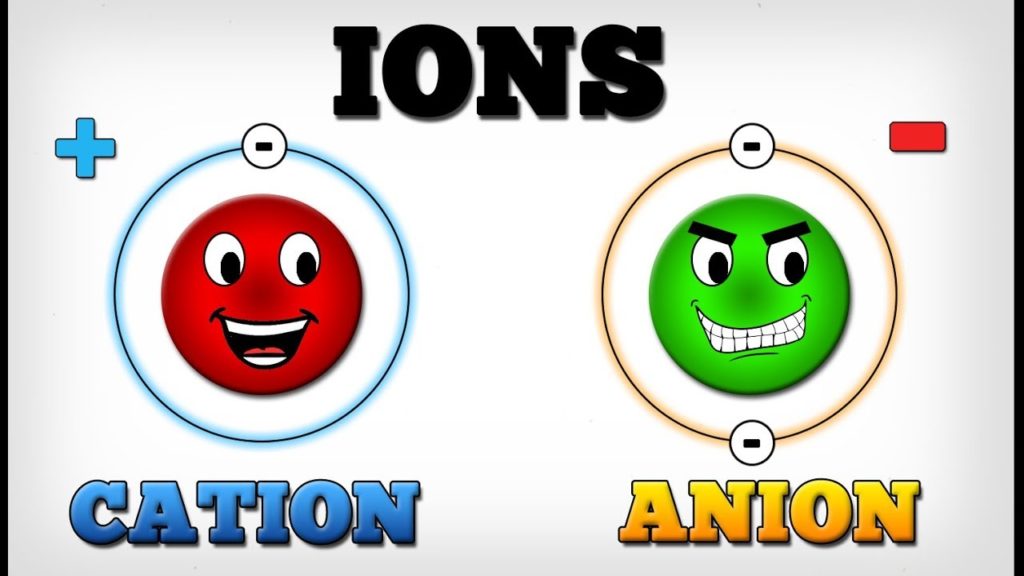Metals Tend To Form Cations
Metals Tend To Form Cations - Bismuth, mercury and iron are also poor conductors density: Metals lose electrons in bonding, so they form cations, which are positively charged. B) atoms are usually larger than their corresponding cation. Web science chemistry metals tend to form cations and almost have positive oxidation numbers a. A) gain, gain b) lose, lose c) lose, gain d) gain, gain e) neither, they keep. Question 6 (1 point) why do metals tend to form cations while nonmetals form anions? Cations are named according to the parent. Web halogens always form anions, alkali metals and alkaline earth metals always form cations. C) metals tend to form cations. Groups 1 and 2 elements form cations.
Question 6 (1 point) why do metals tend to form cations while nonmetals form anions? Nonmetals gain electrons in bonding, so they form. Energy is released when electrons are removed from. Cations are named according to the parent. Iridium and osmium have the. Web chemistry questions and answers. Most metal oxides are basic oxides and dissolve in water to form metal hydroxides: Web cations are formed by the loss of one or two electrons from an element. Metal atoms lose electrons to form positive ions (. False metals tend to form cations and almost have positive oxidation numbers.
Most metal oxides are basic oxides and dissolve in water to form metal hydroxides: B) atoms are usually larger than their corresponding cation. Web cations are atoms that contain a positive charge, and they are formed when the atoms lose electrons which are negatively charged. Web chemistry questions and answers. This creates oppositely charged ions : Web halogens always form anions, alkali metals and alkaline earth metals always form cations. Question 6 (1 point) why do metals tend to form cations while nonmetals form anions? Metals lose electrons in bonding, so they form cations, which are positively charged. Cations are named according to the parent. Groups 1 and 2 elements form cations.
PPT Naming IONS & formulas for Ionic Compounds PowerPoint
Nonmetals gain electrons in bonding, so they form. D) the halogens tend to form 1+. Web metals tend to lose electrons and form positively charged ions called cations. Groups 1 and 2 elements form cations. Web cations are formed by the loss of one or two electrons from an element.
PPT Chapter 7 Periodic Properties of the Elements PowerPoint
Iridium and osmium have the. Most metal oxides are basic oxides and dissolve in water to form metal hydroxides: Most other metals form cations (e.g. Question 6 (1 point) why do metals tend to form cations while nonmetals form anions? Web metals tend to lose electrons and form positively charged ions called cations.
Solved Using your labeled periodic table, predict the charge
Web lead is the poorest conductor of heat. False metals tend to form cations and almost have positive oxidation numbers. Web cations are atoms that contain a positive charge, and they are formed when the atoms lose electrons which are negatively charged. Web cations are formed by the loss of one or two electrons from an element. This is the.
Constants I Periodic Table Learning Goal To familiar with the
Web chemistry questions and answers. Question 6 (1 point) why do metals tend to form cations while nonmetals form anions? D) the halogens tend to form 1+. Iron, silver, nickel), whilst most. Cations are named according to the parent.
Metals Tend to Form Cations or Anions IndiahasPeck
Metal atoms lose electrons to form positive ions (. Holt chemistry r.thomas myers, keith oldham,savatore tocci 2006 edition chapter 5,. This is the typical behavior for. Metals lose electrons in bonding, so they form cations, which are positively charged. Web metals tend to lose electrons and form positively charged ions called cations.
PPT Mystery of the 15 Test Tubes PowerPoint Presentation ID2995481
Holt chemistry r.thomas myers, keith oldham,savatore tocci 2006 edition chapter 5,. D) the halogens tend to form 1+. Iridium and osmium have the. Web science chemistry metals tend to form cations and almost have positive oxidation numbers a. Web chemistry questions and answers.
Cations and Anions Electrons Gain Lose Stock Vector Illustration of
Nonmetals gain electrons in bonding, so they form. Question 6 (1 point) why do metals tend to form cations while nonmetals form anions? Bismuth, mercury and iron are also poor conductors density: Cations are named according to the parent. Web cations are formed by the loss of one or two electrons from an element.
Solved tion 4 of 34 Classify each by whether they are, or
Web solved:explain why metals tend to form cations, while nonmetals tend to form anions. Metals have high density and are very heavy. Web cations are formed by the loss of one or two electrons from an element. This is the typical behavior for. False metals tend to form cations and almost have positive oxidation numbers.
9 TopRated Difference between Cation and Anion In Tabular Form Core
Most other metals form cations (e.g. Holt chemistry r.thomas myers, keith oldham,savatore tocci 2006 edition chapter 5,. D) the halogens tend to form 1+. Web can you explain why metals tend to form cations, while nonmetals tend to form anions. This is the typical behavior for.
The Periodic Table
Metal atoms lose electrons to form positive ions (. Web can you explain why metals tend to form cations, while nonmetals tend to form anions. Web cations are formed by the loss of one or two electrons from an element. Groups 1 and 2 elements form cations. False metals tend to form cations and almost have positive oxidation numbers.
Web Lead Is The Poorest Conductor Of Heat.
Most other metals form cations (e.g. Metals lose electrons in bonding, so they form cations, which are positively charged. A) gain, gain b) lose, lose c) lose, gain d) gain, gain e) neither, they keep. Metals have high density and are very heavy.
Energy Is Released When Electrons Are Removed From.
Web cations are formed by the loss of one or two electrons from an element. Bismuth, mercury and iron are also poor conductors density: Web anions and cations 1) metals tend to _____ electrons and nonmetals tend to _____ electrons. C) metals tend to form cations.
Web Chemistry Questions And Answers.
Web halogens always form anions, alkali metals and alkaline earth metals always form cations. B) atoms are usually larger than their corresponding cation. Web metals tend to lose electrons and form positively charged ions called cations. Web cations are atoms that contain a positive charge, and they are formed when the atoms lose electrons which are negatively charged.
Iridium And Osmium Have The.
This creates oppositely charged ions : This is the typical behavior for. Question 6 (1 point) why do metals tend to form cations while nonmetals form anions? Nonmetals gain electrons in bonding, so they form.
